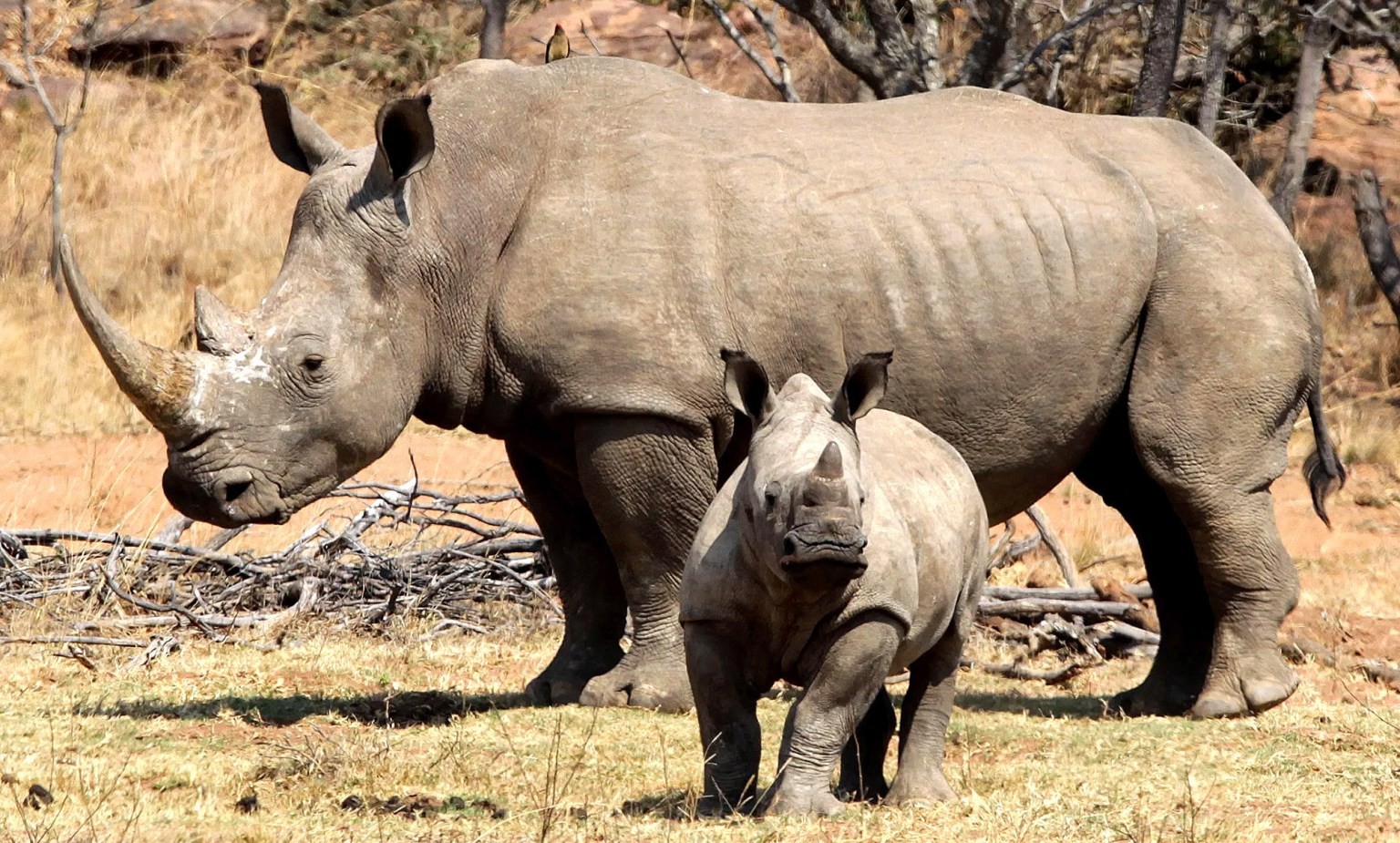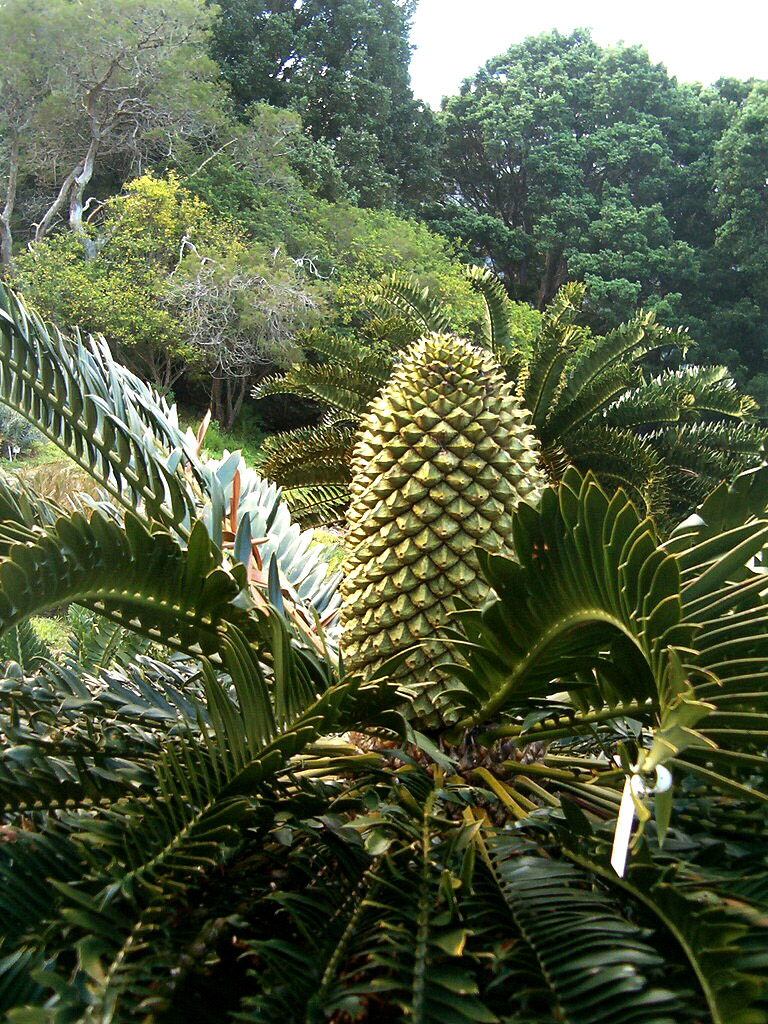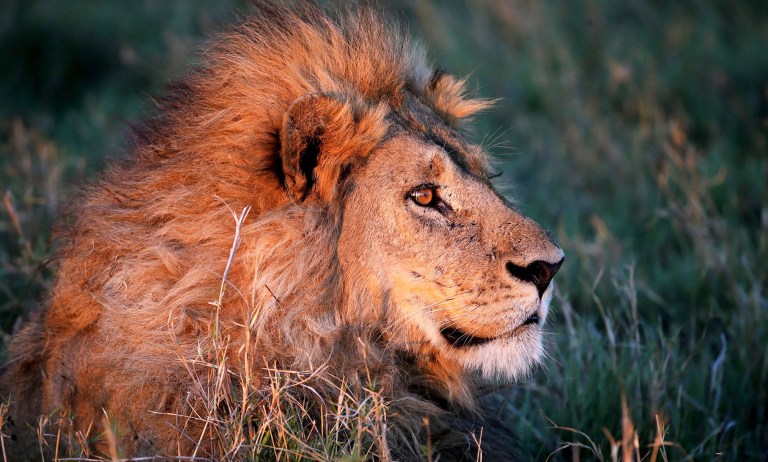
South Africa's first tax incentive for threatened species, like white rhinos, has just been scaled. (Photo: EPA / Jon Hrusa)
By Julia Evans | 13 Nov 2023
The writing’s on the wall: If we don’t find innovative ways to channel finance into conservation, we will not be able to reverse the decline of our endangered species or meet our ambitious (but vital) international conservation commitments. And SA’s first tax incentive for threatened species such as rhino, lion and endangered plants might just be the solution.
___________________________________________________________________________________________________________________________
It’s clear that if we are to achieve our goals for nature, we need to find innovative ways to increase finance available for conservation efforts – and that can’t be done through government alone.
A new tax incentive, expected to unlock finance for conservation and maintenance of threatened species and ecosystems at R1.5-million a year, might be part of the solution to both reward citizens for conservation efforts and find better ways to save our species.
The Department of Forestry, Fisheries and the Environment (DFFE), with the Sustainable Finance Coalition, have activated the country’s first tax incentive for threatened species.
The incentive for Threatened Species and Other Effective Area-based Conservation Measures (OECMs), allows any South African taxpayer (private landowners, as well as individual trusts or companies) who are safeguarding threatened ecosystems or species, to deduct all expenses related to their conservation efforts from their taxable income.
This comes at a time when state reserves are failing (faced with declining budgets, understaffing and poaching), and about 60% of SA’s national rhino population is in private hands (about 8,000 rhinos), according to estimates by the Private Rhino Owners Association.
“It’s very expensive to look after a rhino or a lion. And a lot of the anti-poaching costs are the reason for how expensive the species are to safeguard,” Candice Stevens, the chair of Africa’s Sustainable Finance Coalition told Daily Maverick in June, when the DFFE was poised to take this incentive to scale.
“So this tax incentive allows those management costs to be deducted in an extraordinary way and to alleviate the cost burden. And, essentially, reward a conservation commitment for threatened species.”
First agreements signed
The tax incentive was first incubated by the coalition in 2020 and piloted by implementing partner, Wilderness Foundations Africa (WFA) through funding from the Rhino Recovery Fund in 2021 and 2022.
WFA CEO Andrew Muir said, “After the High-Level Panel Report in 2020, there was a strong sentiment that South Africa needed to do more to assist private citizens and communities owning and conserving rhino for future generations – this tax incentive does exactly that.”
And now the incentive has been activated, with DFFE Minister Barbara Creecy signing biodiversity management agreements (BMAs) with three private rhino and lion owners in Limpopo, that are valid for five years.
“These agreements offer unique biodiversity tax incentives for the landowners in terms of the Income Tax Act,” a DFFE statement said on Sunday, 12 November.
The DFFE explained that BMAs allow for a person, organisation or organ of state to manage a species or ecosystem through approved biodiversity management plans in accordance with the National Environmental Management Biodiversity Agreement.
The landowners, who concluded the BMAs for the southern black rhino and the African lion, manage the species in open-system protected areas in Limpopo and are required to carry out numerous conservation-related measures and be responsible for any costs related to the management of the animals.
These conservation and management costs may be deducted through the associated tax incentive once all tax requirements are met.
The owners of the animals will also submit annual reports to the minister on the progress of the implementation of the BMAs.
How it works
“If you are involved in the conservation and maintenance of threatened species and ecosystems (for example rhino, lion, cycads, vultures and others) for which a BMP has been published, you may be eligible to access the tax deduction,” explained Ellané van Wyk, lead for finance solution incubation and implementation for the coalition.
“Expenditure incurred in the conservation and maintenance of threatened species and ecosystems may then be deducted, examples of which may include, but are not limited to, alien-clearing, ranger salaries, security, veterinary expenses, or member levies contributing to the conservation and maintenance activities of management associations of areas.”

Albany cycad is a critically endangered species, having declined by more than 80% over the past 100 years. (Photo: BotBln / iNaturalist)
Stevens said that, for example, there might be an Eastern Cape farmer who has endangered cycads on their farm and who pays for looking after these plants, even though it’s not related to their actual job.
With this incentive, Stevens said this type of farmer could enter into an agreement with the government, which has “a biodiversity management plan for cycads that has gazetted the very best science and conservation action to protect our last cycad populations”.
By signing a BMA with the minister, Stevens explained that the farmer would be contractually obliged to fulfil specially listed conservation actions for five years, such as “having a guard to watch over the cycads and stop the threat of illegal poaching (which also creates a green job), ensuring that no invasive plants like prickly pear encroach on the cycads, reporting on the health of the cycads to Sanbi, etc.
“As a reward for this conservation commitment, [the farmer] can deduct the expenses linked to those actions from her taxable income and thus save paying so much tax, and have more cash in pocket,” said Stevens.
Dual impact
Not only do we need unique and dynamic solutions like this to protect endangered species, but we need them if we’re going to reach the ambitious but necessary conservation goals that we committed to at the last UN Biodiversity Conference (COP15).
Read more in Daily Maverick: SA needs to preserve the equivalent of Kruger Park each year to meet UN goals
In December 2022, in Montreal, Canada, South Africa signed the pivotal Kunming-Montreal Global Biodiversity Framework at COP15, committing us (and 195 other nations) to implement 23 targets by 2030 in an effort to halt biodiversity loss.
The headline target – 30×30 – aims to effectively conserve at least 30% of the world’s lands, freshwater and oceans by 2030, while also respecting the rights and contributions of indigenous peoples and local communities.
Currently, 16.7% of land in South Africa is under conservation.
“If we want to hit the target by 2030, we’ll need another 16 million hectares to be added to the estate. That’s adding [the equivalent of] the Kruger National Park and a bit every year to hit the 2030 target,” said Karl Naude, the director of protected area planning at the DFFE.

The tax incentive allows any taxpayer safeguarding threatened ecosystems or species (like lions), to deduct all expenses related to their conservation efforts from taxable income. (Photo: Colin Bell)
Stevens previously explained to Daily Maverick that if we are going to reach the ambitious targets, “We are going to require a considerably large amount of sustainable finance… finance beyond the traditional donor and grant funding sectors to bring in the private sector as well as align incentives.”
Mohlago Flora Mokgohloa, the Deputy Director-General of the DFFE’s biodiversity and conservation branch, agreed that the government will never find enough money to buy private land for new reserves, and thus would need to find ways to further incentivise landowners to protect their land and the species that inhabit them.
“Not only does this tax incentive provide a finance solution for conservation in South Africa, but it simultaneously creates a Candidate OECM, contributing to our national 30×30 goals,” said Stevens.
“It has a dual impact on conservation and finance.”
Daniel Marnewick, regional area-based conservation coordinator for the International Union for the Conservation of Nature, explained that OECMs [Other Effective Area-based Conservation Measures] are sites that are not formal protected areas but still deliver area-based conservation, and have effective management and equitable governance in place to deliver long-term sustainable conservation of biodiversity.
He explained that OECMs are unique as they include sites outside the traditional protected area networks, whose main objective might not be conservation (it could be tourism or community rangeland livestock farming, rural academic research facilities, botanical gardens, for example) – but can be measured toward our conservation goals (helping us reach 30×30).
Stevens explained that this tax incentive benefits South African citizens who are safeguarding these species that don’t necessarily live within protected areas and are incurring management costs as a result.
“Our ability as South Africans to innovate around finance for nature, particularly with tax incentives is already world-renowned, and this novel incentive gives us one more finance tool for our biodiversity-rich country,” reflected Stevens.
“It is a testament to our pioneering spirit to find solutions no matter the challenge, and to effectively collaborate across public, private and civic sectors.” DM


